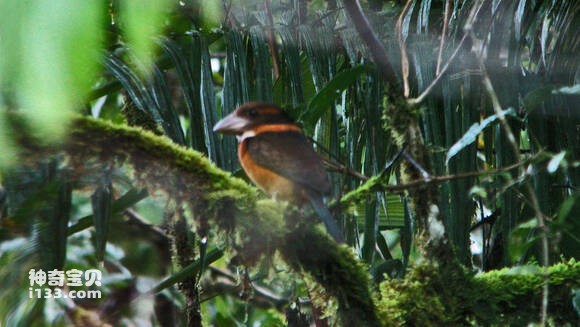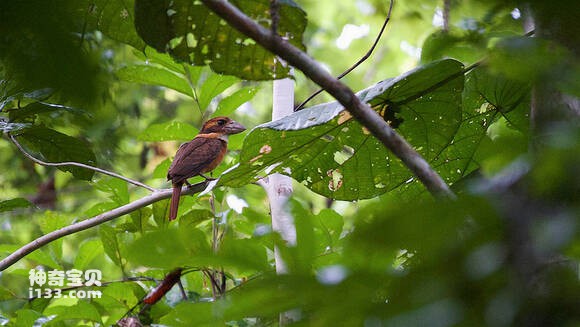Clytoceyx rex
IUCN
LCBasic Information
Scientific classification
- name:Clytoceyx rex
- Scientific Name:Clytoceyx rex,Shovel-billed Kingfisher,Shovelbilled kingfisher
- Outline:Climbing birds
- Family:
Vital signs
- length:31-34cm
- Weight:245-325g
- lifetime:No textual research information is available
Feature
It is the only representative species of the Kingfisher family in New Guinea
Distribution and Habitat
It is found in the New Guinea Peninsula and Milne Bay, the eastern tip of some Indonesian islands, and the Finistere and Owen Stanley Mountains.
It inhabits lowland rainforests and mountains up to 2400 m above sea level. More widely distributed in hilly areas and plains. They live along waterways surrounded by forest valleys and gullies, and also in the gardens where people live.
Appearance
The shovelbill kingfisher is 31-34 cm long, the female bird weighs 245-310 grams, and the male bird weighs 247-325 grams. The male bird's head is decorated with many different colors: dark brown on the crown, orange collar with red tones, orange nostrils, orange eyes, white throat, and contrasting orange on the side of the neck. The back is black, and the shoulder blades and wings are very dark brown. The tail is bright sky blue, contrasting with the dark blue-brown tail. The underside of the wings, the chest, the wings, the underbelly and the tail form an overall orange color. The beak is very thick and powerful, and the jaws are dark brown. Iris dark brown, legs tan.
The female is similar to the male except for the brown-red tail. The young birds resemble the females, with darker plumage. The feathers on the neck and chest have dark brown borders.
Mouth thick straight, long and firm, mouth ridge round; No nasal furrow; The wingtip is long, the first primary feathers are sl
Details
The Shovel-billed Kingfisher has two subspecies, Clytoceyx rex and shovel-billed kingfisher。

Shovel-billed kingfishers are resident birds. They often live alone, usually resting on stumps and rocks near the river, and sometimes on the low branches of small trees near the river. Often for a long time motionless staring at the water, as soon as the fish and shrimp in the water, immediately with a very rapid and fierce posture into the water with the mouth to catch. Sometimes the wings are suspended in the air, looking down at the water, and the food immediately plunges into the water and is quickly captured. The prey is usually brought back to the habitat, beaten on a tree branch or stone, and eaten whole after the fish is dead. Sometimes they also fly in a straight line at a low altitude over the water, flying very fast, often screaming while flying. The main food is large earthworms, insects and their larvae, snails, small lizards, and predation on small snakes has also been recorded.

Shovelbill kingfishers generally nest in tall trees, about 25 to 30 meters off the ground. Dig a very brief hole in the trunk with your mouth and reuse it for years. They breed in October each year, laying two eggs at a time, and the female raises her young, excreting her tail toward the nest after each feeding.
Listed on the International Union for Conservation of Nature (IUCN) 2013 Red List of Threatened Species ver 3.1 - Low Risk (LC).
Protect wild animals and eliminate wild meat.
Maintaining ecological balance is everyone's responsibility!








